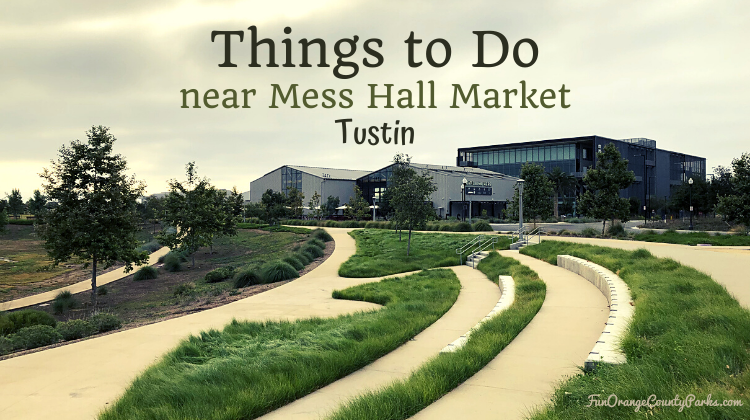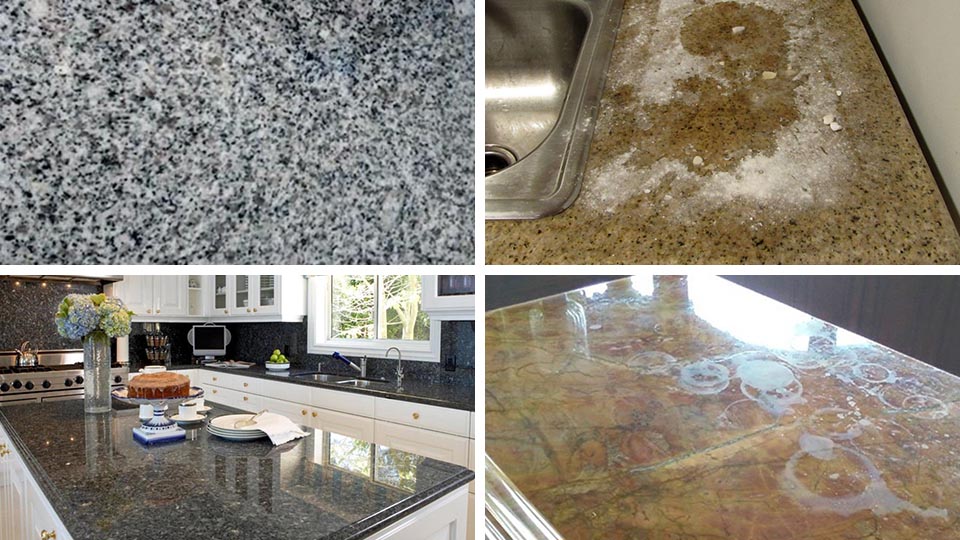There are several factors that can help you to decide on which kind of hardwood floor to pick for your home, which can be useful as a general method when going through this decision making process. From comparing different hardwood flooring companies to choosing a stain that matches the furnishings and décor of your living space, there are many things that should be factored into consideration.
To start with, you’ll have to choose between solid hardwood and engineered wood. Solid hardwood flooring, as its name suggests, is made of thick planks of solid wood. Engineered wood, on the other hand, is made of layers of plywood with a layer of solid hardwood on top.
Here are some questions that you should ask yourself before making a decision on your hardwood flooring:
- Where will you install your hardwood flooring?
The ideal type of wood flooring may well be dependent on its intended destination. For example, installing hardwood floors on the basement is different than installing it on a second story. The space beneath ground level is referred to as below grade, while a floor that’s above ground level is referred to as above grade. It’s not recommended that you put solid wood below grade due to the moisture that could seep up from the ground, meaning that engineered wood is usually best for basements.
- What is your home’s subfloor made of?
There are 3 common types of subfloors – particleboard, plywood and concrete. If it’s made of particleboard, you’ll need to replace it with plywood so hardwood can be placed over it. For concrete, you’re pretty much limited to engineered hardwood. Plywood is probably the only subfloor material that will work with solid hardwood. Fortunately, most subfloors are made of plywood.
- Do you have young children and pets?
If this is the case, you’ll need a type of flooring that can endure a lot of wear and tear. Engineered wood may not be ideal due to the fact that you can only re-finish it once, reducing its potential longevity in this kind of environment. Solid hardwood will work for homes with kids and pets, as even if it gains scratched and worn out, you can easily have it refinished or re-stained as many times as you like.
- Is your home modern or traditional?
Although hardwood floors will work with just about any style, theme or design, certain kinds of wood may work better for certain concepts. For example, while hickory is a really beautiful hardwood, it may not work so well in a kitchen with modern, stainless steel cabinetry.
Maple has been found to suit modern styles quite well, thanks to the distinctively clean look that it has to it. Oak in gray stains is also perfect for contemporary homes, with its ability to blend with minimalist interiors. On the other hand, if your home’s style is more traditional, hickory flooring can provide your interior with an authentic, cabin-like feel.
- What’s important to you?
If cost is the biggest factor for you, you may want to go with engineered wood. That is not to say, however, that solid hardwood is totally out of reach for those on a restricted budget. You can actually find oak flooring for just $4 per square foot, which isn’t much when you consider that engineered wood can cost pretty much the same.
If ease of maintenance matters to you, then solid hardwood could remain the most favourable option. With an impressive ability to hold up over time, you can simply refinish or restain it to hide dents and scratches. As mentioned previously, the alternative of engineered wood can only be re-finished once.
If you value appearance more than all other factors, then it’s worth paying attention to the grain and knot patterns in the wood. The installation also plays a role here, as professional installers will complete the job with care, thoroughness and precision, allowing your investment in quality flooring to retain its value. By cutting corners at this final, crucial stage, you could find yourself with sub-par floors that undermine the time and money that has gone into your process of finding a superior flooring solution.





